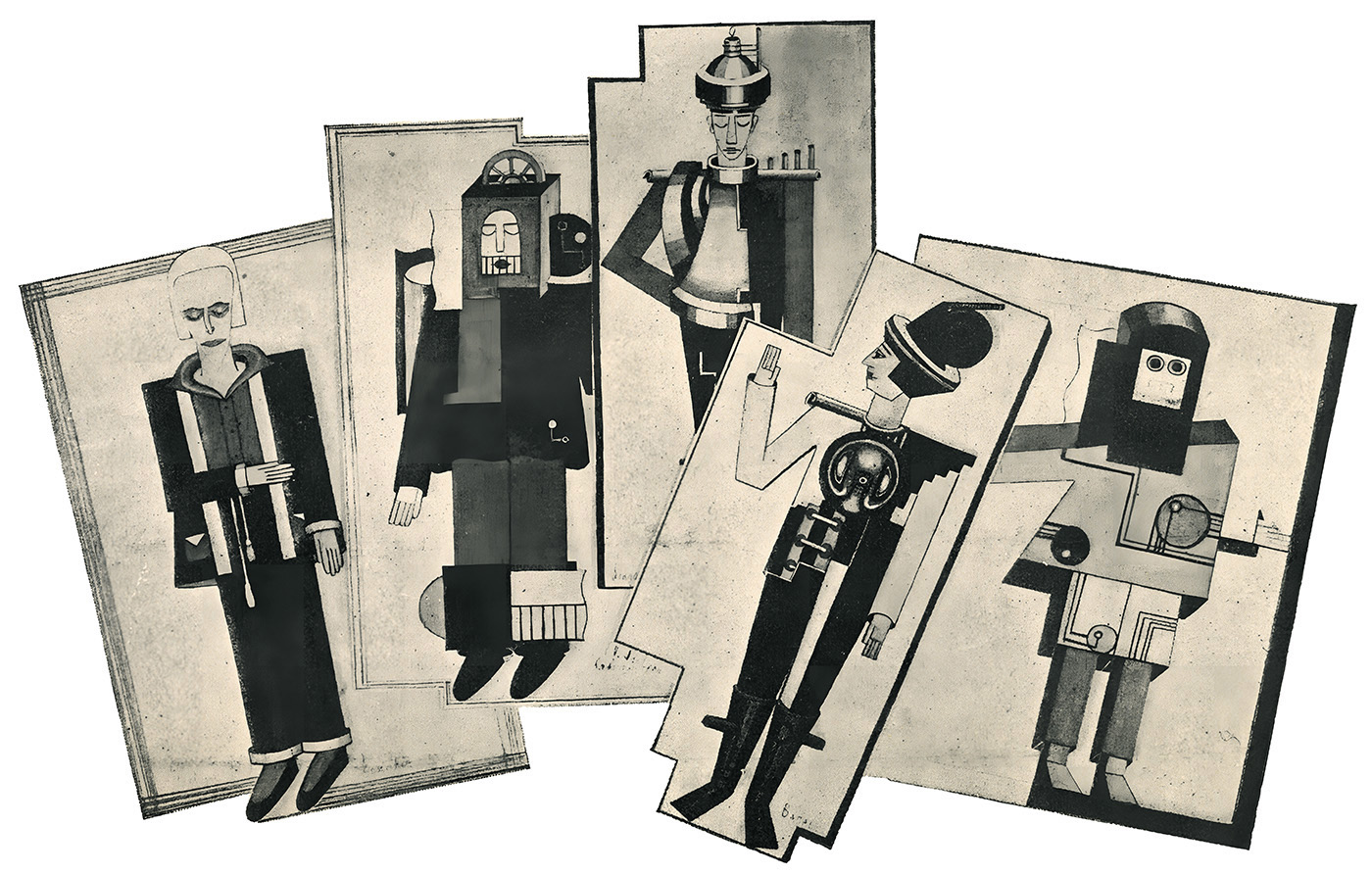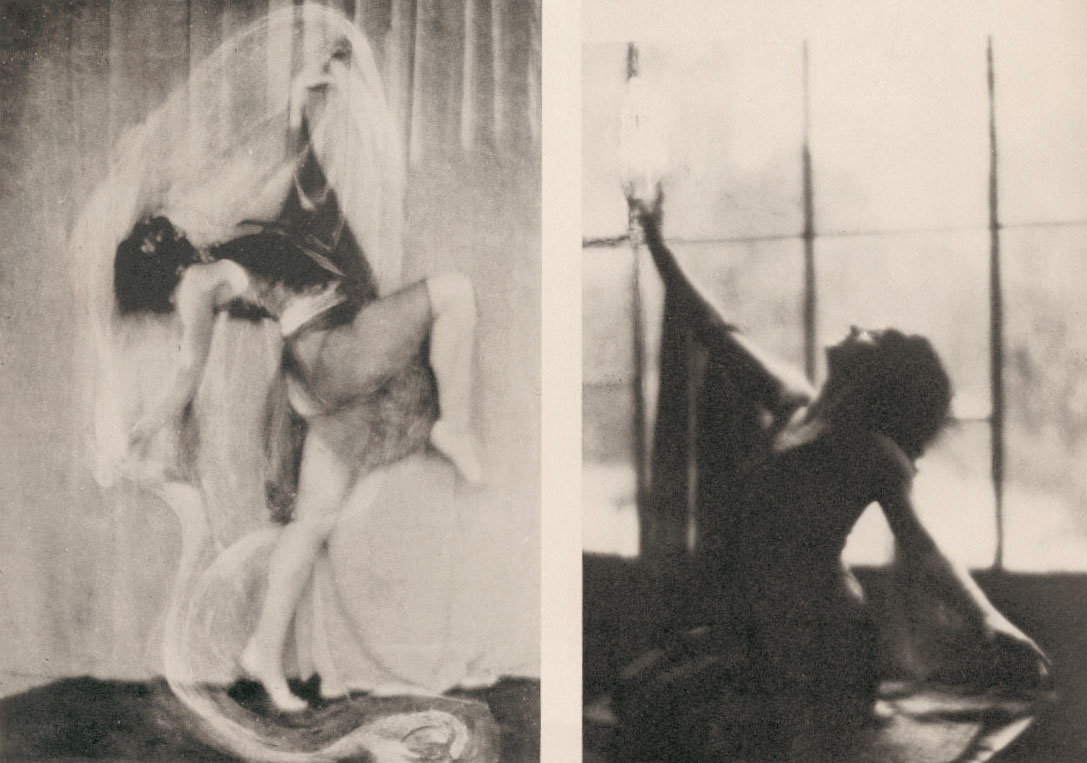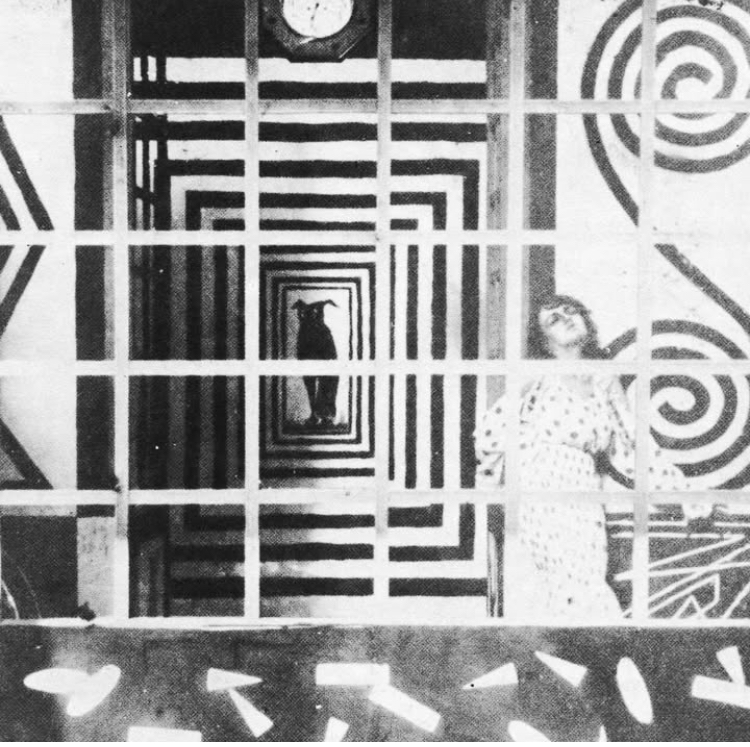Alexander Kamber is a doctoral researcher in the field of Cultural Analysis at the University of Zurich.
His SNSF research project (doc.ch) examines the relationship between moving bodies and their
environments in theatre and dance around 1900. By examining intersections between body practices
and the life sciences – medicine, psychology, and biology – his project situates early 20th-century body
culture within a history of ecological thought. He holds a master’s degree in Cultural Studies with a
specialization in Philosophy and History from Leuphana University of Lü neburg. In 2023, he was a
visiting researcher (Performance & Gender Studies) at mdw – University of Music and Performing Arts
Vienna. His current novel “Nachtblaue Blumen” was published by Limmat Verlag in 2024. In Rome, he
will examine the dance experiments of the early Italian Futurist movement with a particular focus on
their environmental knowledge.
What is the main project you will be working on during your residency?
I will work on my dissertation in cultural studies, which investigates how early 20th-century body culture (dance, theatre, gymnastics) intersected with life sciences (medicine, psychology, ecology) to shape new conceptions of the human body. While in Rome, I will research Italian Futurism’s experimental performances, which will contribute a chapter to this broader cultural history. While Futurism is traditionally interpreted as a purely machine-oriented art movement, my research reveals how these avant-garde artists combined mechanical and vitalistic elements – an understudied aspect that offers new perspectives on the movement. I’m particularly interested in medical and spiritualist influences, as well as critical and also feminist positions within and at the margins of the movement that challenge and subvert the classical image of Futurism as a homogeneous aesthetic program. My project takes an interdisciplinary approach: I’m fascinated by the intersections between performance and life sciences, such as the Italian Futurists’ belief that theater and dance could train the audience’s nervous system – an idea that connects to contemporary medical discourses.

‘L’Angoscia delle macchine’ di Ruggero Vasari nelle scene e nei figurini di Vera Idelson, 1925.
Source: Adrien Sina Collection – Feminine Futures.
What do you expect from the residency?
Beyond the opportunity to conduct archival research on site, I look forward to exchanging ideas and collaborating with other researchers in Rome, as well as networking with fellow residents.
How do you think the dialogue between art and science can influence your work?
It plays a central role in my dissertation. I’m interested in how both spheres influence each other’s knowledge production, raise similar questions, and address related problems. I’m equally intrigued by the productive tensions that emerge between these fields, particularly when sciences attempt to approach subjective dimensions of experience and interpretation.
What influences your work?
I am particularly interested in historical perspectives that challenge disciplinary boundaries, revealing unexpected connections and productive tensions between seemingly unrelated fields of knowledge.
Who do you admire most in history?
There isn’t one single person I “admire most.” However, when it comes to my current research project, an inspiring figure is the dancer Valentine de Saint-Point. She joined the Futurist movement, then challenged its misogyny with her Manifeste de la femme futuriste before breaking away from the movement and becoming an anti-colonial activist fighting European imperial dominance in Egypt and Syria. Also: Since entering university, I have consistently returned to Walter Benjamin’s work, appreciating his innovative and poetic approaches to historical analysis.

Photograph of Valentine de Saint-Point, 1913-14.
Source: Giovanni Dotoli Collection
What music are you currently listening to?
While I usually like to listen to 80s New Wave and Post-punk, being in Rome has rekindled my love for Italo Disco.
Do you have any rituals/routine during work?
In Rome, I enjoy working in the quiet of the Istituto Svizzero library and meeting other fellows for coffee at the bar or on the terrace. In the afternoons, I love exploring the Quartiere Coppedè, a fantastical architectural blend of Art Nouveau, Art Deco, Baroque, and medieval elements. A late-night visit to Come il Latte gelateria is also a must.
What legacy do you hope your research will leave behind?
I hope to contribute engaging insights while creating connections and collaborative opportunities for other researchers working on similar topics.
What fascinates about the city?
How it embodies the tension between tradition and modernity on every street corner. I enjoy the city’s chaotic vibrancy and energy, and the (ridiculously) wonderful weather!
The future for you is… ?
I plan to continue my academic career, further exploring the dialogue between art and life sciences. Alongside my academic work, I will continue writing literature (my latest novel Nachtblaue Blumen was published in March 2024).

Source: YouTube